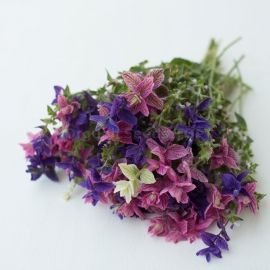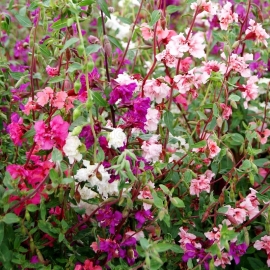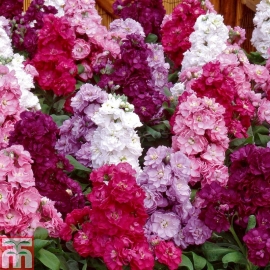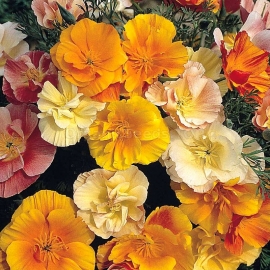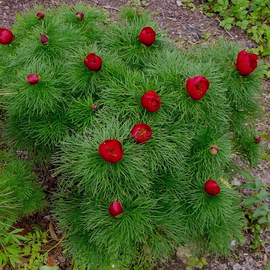




Organic Fernleaf peony Seeds
-
Fern leaf peony or teppe peony / Paeonia tenuifolia
A species of perennial flowering plants of the genus Peony of the monotypic Peony family (Paeoniaceae). The stem is simple, one-flowered, less often two-flowered, glabrous, 10-50 cm high. Leaves are double-triple-triple or trifoliate-pinnate, dissected into linear or linear-filamentous, entire lobes, 1-2 mm wide, hanging and diverging at the edges. The flowers are large, up to 8 cm in diameter, bright red or dark purple; eight to ten petals, purple filaments, yellow anthers.
Development and cultivation, like appearance, are both similar and different from other members of the genus. Needs well-drained, light, rich, neutral to slightly alkaline, moderately moist to dry soils. Chernozems with a high content of calcium carbonate are most preferred. Unlike other species, it has a more pronounced summer dormancy period. The thin-leaved peony is transplanted in late August - early September, since the formation of roots, like in other types of peonies, occurs in the fall. In spring, peonies are planted only in large divisions, since the rhizome does not form roots and shoots.
Top dressing is carried out according to the same scheme as for ordinary peonies with a predominance of phosphorus and potassium. Excess nitrogen is fraught with weak flowering, lodging of shoots and fungal diseases. The plant develops slowly. Reproduction is possible by dividing the rhizome or seeds (preferably unripe), which are sown in light nutrient soil in the fall.
In the garden, the thin-leaved peony can be used in large rock gardens, among stones and against the background of talus, in moderately dry mixborders. It is most interesting for creating steppe areas in combination with cereals, eremurus, perennial flax, saxifrage granular, gorse, broom and wormwood. Can be used for forcing. Indispensable for selection.
The plant is very disease resistant. Problems can only be caused by wetting during periods of rain or winter thaws on poorly drained soils. Aphids occasionally appear, cultivated by black earth ants. Possible damage to flower buds and petals by strong return frosts.

